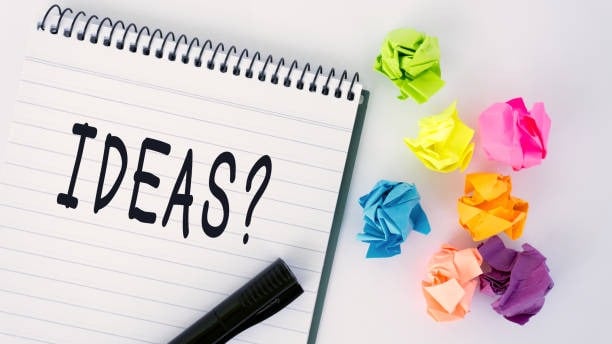Is a Product Idea Really Viable?
An idea is valuable not just because it is creative, but because it is applicable. If you have an idea for a new product or service, it is natural to be excited. However, investing without knowing whether the idea is technically feasible and financially sustainable can lead to serious loss of time and resources. In this article, you will find practical information about ways to evaluate a product idea that will help you understand whether it is actually applicable.
Arzu Guven
5/14/20253 min read


Is a Product Idea Really Viable?
Ways to Measure Viability in New Product Development
Can a good idea be a bad decision? Measuring viability in the new product development process answers this question. Ideas are plentiful but resources are limited. You can save your time and budget by examining whether a product or service idea is worth implementing.
In this article, we explain the methods that will allow you to evaluate product ideas.
1️- Technical Feasibility
Answers the question "Can we do it?"
Can it be produced with existing technology?
Is the infrastructure sufficient?
Can technical risks be foreseen?
Is there an intellectual property violation?
Technical Feasibility Tools
Patent / Literature Review
🔹 Patent Review:
– Allows you to evaluate the patent potential of your idea.
– Provides insight into not violating the intellectual property rights of others by examining existing patents.
– Thus, reduces legal risks and protects your investments.
🔹 Literature Review:
– Conducted through academic publications, technical reports, and scientific databases.
– Helps you see what challenges similar ideas to yours have faced before, how they were developed, and what technological gaps exist.
– It also allows you to objectively evaluate the maturity and innovation level of the idea.
TRL (Technology Readiness Level)
Ranks the technical maturity level of the product from 1 to 9.
🔹 TRL 1-3: Basic research and conceptual validation: There is no prototype at these levels yet; the idea is on paper.
🔹 TRL 4-6: Validation in prototype and test environments: At this level, the product design and prototype are made and tested.
🔹 TRL 7-9: Testing and commercialization in a real environment: At this level, the product is produced under mass production conditions, tested in a real environment and commercialized.
The TRL level helps you use the right resources at the right time by showing you at which stage your idea is.
Low TRL levels indicate that the technology contains uncertainty because its technical suitability has not yet been proven.
TRL acts as a roadmap. By determining which stage you are at in a product idea, you can better analyze project costs, project duration and risks.
FMEA (Failure Mode Effect Analysis)
FMEA is a systematic, proactive risk analysis technique used to identify and analyze potential errors and their possible effects on a system, product, process or service.
Its purpose is to prevent errors from occurring or to minimize their effects when they do occur.
Defining potential errors, what to do to prevent them and their effects allows analyzing the technical feasibility of products.
2- Financial Feasibility
Answers the question "Is it worth doing?"
Are the costs reasonable?
Do the sales volumes meet expectations?
Will the investment return?
Financial Feasibility Tools
Target Market & Sales Price & Sales Volume Estimation
What should be the sales price for the product to be sold in the target market? What will be the estimated sales volumes of the product by year?
Usually, the volumes are lower in the first year(s) due to reasons such as low product awareness, not fully established distribution channels and the customer not yet adopting the product.
Cost Analysis & ROI
How much is the Product Cost? How much are the Investment Cost and Additional Costs? How much is the Return on Investment (ROI)?
After calculating the product and investment cost, it is necessary to evaluate the profitability of the product and the return on investment (ROI). This is done using the expected sales price, sales volume estimates and cost data. In new product projects, calculating ROI in a time series will allow for the increased sales volumes and additional costs over time to be taken into account.
ROI = ((Total Revenue-Total Cost) / Total Cost) * 100
A positive ROI percentage indicates that the investment is profitable. A high ROI percentage indicates that the investment is more efficient.
A negative ROI percentage indicates that the investment is losing money.
A zero ROI indicates that the investment is neither profitable nor losing money, that is, it is at the break-even point.
Conclusion:
For a product idea to be successful, it must be both technically and financially positive.
At each critical step of the new product project, technical and financial feasibility should be reviewed and a decision should be made whether to continue or not.
Every idea embarks on a journey, but it reaches its destination if it is supported by both technical and financial facts.
The transformation of ideas into success is possible with solid data and accurate analysis. Otherwise, bright ideas can turn into risky investments.
End-to-end support for product development and management.
novaexpert
E-mail : info@novaexpertengineering.com
Phone : +90 543 5841147
© 2025. All rights reserved.
